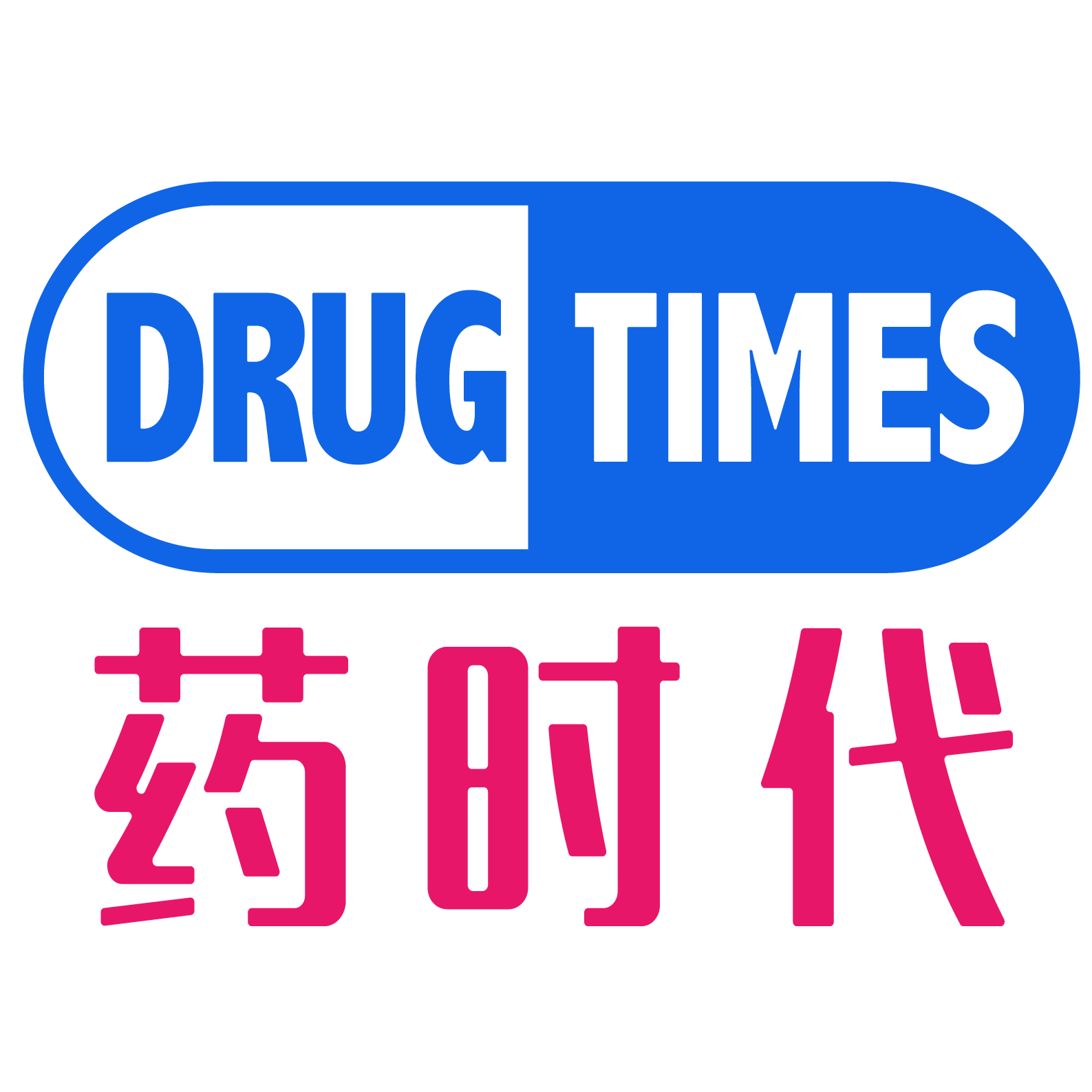
01
Going Global — A Must for Chinese Innovative Pharmaceutical Companies
The going global strategy is an effective path for transformation and development, and it is also an inevitable trend for industrial structure adjustment and global industrial layout. For Chinese pharmaceutical companies that are fully committed to the transformation into innovative drugs, the vast overseas market is a blue ocean, full of value and appeal.
According to incomplete statistics, in 2023, Chinese innovative pharmaceutical companies conducted a total of 63 License-out transactions, an increase of 80% compared to 2022. It is worth noting that 2023 is also the first year when the number of License-out transactions by Chinese innovative pharmaceutical companies exceeded that of License-in. Obviously, for the current Chinese new drug industry, going global has become the mainstream choice.
In fact, going global is also a major initiative that China national policies have always advocated. However, unlike other industries that achieve overseas expansion by relying on labor cost advantages, in the pharmaceutical industry, without a product, there is no qualification to talk about this possibility. The enhancement of innovation capability is the internal driving factor for pharmaceutical companies to further expand.
On May 17, 2024, the 2024 Drug Information Association (DIA) Conference and Exhibition was held grandly in Suzhou, where leading figures in the global pharmaceutical and healthcare industries gathered together to discuss the future trends of the pharmaceutical industry, the application of innovative technology, and the importance of international cooperation. During the event, a meeting hosted by Parexel International gathered 13 experts to comprehensively discuss how to help innovative pharmaceutical companies “set sail overseas” and maximize the value of innovative drugs.
Dr. Tang Yu, in charge of the Office of the Clinical Trial Research Center of the National Cancer Center and the Cancer Hospital of the Chinese Academy of Medical Sciences, frankly said: “We are very excited to see that in recent years, domestic new drugs have begun to challenge the internationally recognized first and second-line standard treatments, conducting head-to-head randomized controlled trials, striving to obtain the most solid evidence, and rewriting international treatment guidelines.”
Another point to note is that the current wave of going overseas is more of a market behavior, a strategic decision made by companies based on their business situation. Looking at the current domestic pharmaceutical environment, companies are facing profit compression under the medical insurance cost control policy on one hand, and on the other hand, the competition is intensifying with the clustering of innovative targets/technologies, and the opportunity cost behind a listed product is continuously increasing.
What other opportunities are worth trying for pharmaceutical companies eager to seek new growth?
The flow of capital can often reflect the market’s judgment and expectations for future trends. Looking at the large-scale investment, financing, and mergers and acquisitions activities in the pharmaceutical industry in the first half of 2024, autoimmune diseases, ADC, radiopharmaceuticals, and CNS fields are receiving attention. Taking autoimmune diseases as an example, in the past period of 2024, newcomers in the field of autoimmunity, including Mirador Therapeutics, Capstan Therapeutics, and Lycia Therapeutics, have raised more than 100 million US dollars in financing respectively. In addition, there were also many large-scale acquisition deals related to the field of autoimmunity in 2023. For example, in April 2023, Merck acquired the autoimmune company Prometheus Bioscience for 10.8 billion US dollars.
Looking at some of the ongoing cooperation projects, the balance of opportunities is obviously more inclined towards projects that have entered the later stages. At the event, Mr. Zheng Zikang, Vice President of Health Advances, revealed: “Compared with projects that are only in the preclinical stage, some powerful buyers will also prefer projects that have been validated by POC, or at least have some preliminary clinical data. In addition, in terms of the Asia-Pacific region, the MASH (metabolic dysfunction-associated steatohepatitis) field is an area that is growing rapidly.”
02
Three Essential Questions Before Going Global
Q1: What form of going global should a company choose?
Based on the situation over the past two decades, the specific forms of Chinese pharmaceutical companies’ overseas expansion can be roughly divided into three categories: independent development, licensing out, and co-developemnt. Among them, licensing out is a more mainstream way of going overseas. Unlike independent development, licensing out requires less input in overseas clinical research and development, as well as commercial layout capabilities. Companies can utilize the resources and channels of overseas partners to accelerate the product from the clinical stage to the market.
The specific choice of the above three forms still needs to be considered by the company from various aspects such as the development stage and the product itself that is going overseas.
Q2: During the cooperation process, should the company give up global rights or overseas rights?
Looking at the data of overseas expansion in 2023, licensing of global rights is still the most common type, accounting for more than one-third, while overseas rights (outside the Greater China region) account for one-fifth. The licensing of overseas rights is more suitable for companies that wish to maintain control over the core market, gradually explore the overseas market, or have a clear regional strategic goal.
Q3: When should the project go global?
In this regard, Ms. Li Yajing, Chief R&D Strategy and Project Management Officer of GeneScience Pharmaceutical with rich first-hand experience, proposed three mainstream plans for the global development of a project.
- Start from Phase I: The advantage of conducting trials globally from the early stages is to ensure the consistency and comparability of clinical data, facilitating the approval of multinational regulatory agencies and accelerating the global market launch process. However, the challenge for companies is the high initial investment cost.
- Consider global development when reaching pivotal studies: Conduct trials only domestically or in a few regions in the early stages, and then focus resources on expanding globally at the critical stage. The advantage is that it can indeed avoid some initial investment risks, but in comparison, the market launch will be delayed, and there may also be differences in approval from regulatory agencies in different countries.
- Develop separately in each country: Customize development plans according to the requirements and market conditions of each country, which can indeed better cope with the different regulatory requirements and market access thresholds of each country. However, it is likely to lead to differences in the approval time of the product in various countries, which is not conducive to building a global brand image of the product. At the same time, the independent data of each country may affect the product’s recognition.
03
How to Go Global Successfully?
When a project is at hand, what aspects should be considered to plan its globalization strategy?
The primary task is to understand the competitive landscape and market positioning of the final product. In his presentation, Mr. Zhang Lei, Director of Early Clinical Pharmacology at Parexel International, also placed this point at the forefront. Others, such as epidemiological research related to the disease and medical practice surveys, are also very important.
In addition, in the early stages of the project, Mr. Zhang Lei shared his experience with clinical trials in multiple countries, including the requirements of the U.S. FDA and European regulatory agencies. He mentioned that although there are some universal medical standards, the specific requirements for early clinical trials vary from country to country, which requires companies to conduct in-depth market research and communication with regulators during the planning stage.
Of course, the best plan is to coordinate clinical research in China with overseas research, designing a synchronized and efficient clinical development plan for domestic and international studies.
However, when considering these issues, the most basic requirement is to first determine the specific target countries.
“When assisting clients in making decisions, we are often not looking for the best country, but the countries that are most suitable for the current project,” said Ms. Xie Wanyun, Senior Director of Feasibility Analysis and Strategic Development Department of Parexel International in the Asia-Pacific region. “And what is suitable actually depends on the client’s ultimate expectations for the project, such as which targets must be achieved and which targets are the top priority.”
Ms. Hu Peibin, Executive Director of Biotechnology Operations Project Management at Parexel International, also shared her views, “From past experience, the processes that have been verified in China may not be applicable globally, because the requirements of each country and each regulatory agency are different.”
Taking the United States and the European Union, which are the mainstream destinations for Chinese companies, as examples, there are significant differences in their approval processes. For instance, some companies reached an agreement with the FDA on trial design and assumed that the EMA would make the same choice, so they did not consult the EMA. When the study was completed and submitted for approval, the FDA passed smoothly, but the EMA issued a rejection notice.
“Unlike the FDA, the EU’s drug approval process involves the EMA and its CHMP, which is a scientific committee composed of members and alternate members from the 27 EU member states. The CHMP is like a small parliament, making the final decision by voting. This means that the EU’s final approval opinion gathers 27 voices, making the whole process more complex. In comparison, the U.S. drug approval process is indeed more consistent,” said Dr. Sinan Sarac, Vice President of Technical and R&D Strategy Consulting at Parexel International, in his speech. Dr. Sarac, who has worked at the European Medicines Agency for many years and is a former CHMP member, emphasized the importance of obtaining scientific advice from regulatory agencies in his speech and roundtable discussion.
When sharing from the FDA’s perspective, Dr. Song Pengfei, Vice President of Technical and R&D Strategy Consulting at Parexel International, who has worked at the FDA for 13 years, emphasized to the audience the three core issues that the FDA focuses on most in the drug approval process, that is, the effectiveness and safety of the drug:
- Target validation: Has the mechanism of action of the drug been fully verified?
- Disease selection: Is the indication appropriate?
- Dose optimization: Has the drug’s therapeutic effect been maximized?
Haste makes waste, considering every step comprehensively, the going global road will be smooth, which is the core viewpoint and advice conveyed by every expert when sharing.
In fact, no matter where to go global, clinical value is always the ultimate goal of research and development. The exploration process of clinical value is essentially the exploration process of the characteristics of new drugs, which is not easy. Therefore, in the research and development process, researchers need to repeatedly question and think in the direction of clinical benefits.
04
Going Global is the Means, Innovation is the Foundation
At the end of the event, two more experts from Parexel International, Dr. Feng Sheng, Vice President and Head of Real-World Evidence in the Asia-Pacific region, and Dr. Zhang Lin, Senior Director and Head of Real-World Data Strategy in the Asia-Pacific region, shared a different kind of innovation happening in the pharmaceutical field in the digital era with the theme of “Innovation in the Collection of Real-World Data (RWD) Using Artificial Intelligence and NLP Technology.”
Dr. Feng Sheng: For example, Peking University Cancer Hospital is currently using AI for 3D reconstruction and image processing to improve the efficiency of lung cancer surgery. Although it is not a direct clinical trial, it has improved the overall medical level, which indirectly benefits clinical research. In addition, the potential of NLP and large language models in cost reduction and efficiency enhancement is of concern to everyone. Despite the exciting nature of these technologies, there are still several issues to be resolved to achieve widespread clinical application of AI, including accuracy, cost-effectiveness, and regulatory approval, but overall, everything is moving in a positive direction.
Dr. Zhang Lin: Our team, in collaboration with 10 hospitals including the Third Affiliated Hospital of Sun Yat-sen University in Guangdong, conducted a retrospective real-world study in the field of hepatitis B. In the project, we applied a system that combines NLP, OCR, and RedCap (EDC system) to process information in patient medical records (fully anonymized, without involving patient privacy). The results show that after using this system, we successfully reduced the data collection time for a single case from 150 minutes to 25 minutes, while maintaining a high accuracy similar to manual collection and review (97%).
Going global is the means, innovation is the foundation.
We believe that the Chinese new drug industry and enterprises, which have experienced great winds and waves, will seize the opportunities, and successfully reach the other shore.
【Reminder】The event lasts nearly 4 hours, packed with valuable information. Please kindly click here to watch the video.

发布者:DrugTimes001,转载请首先联系contact@drugtimes.cn获得授权

 为好文打赏 支持药时代 共创新未来!
为好文打赏 支持药时代 共创新未来! 